"INAX Museum", a hands-on museum where you can fully experience the charm of pottery [Part 1]
!["INAX Museum", a hands-on museum where you can fully experience the charm of pottery [Part 1]](https://life-designs.jp/wp/wp-content/uploads/2019/06/image7-28.jpg)
Table of Contents
We visited INAX Museum, which is operated by LIXIL in Tokoname, Aichi Prefecture, the city of ceramics. It is a hands-on museum where visitors can experience tiles and pottery culture from around the world.
There are six facilities in the museum, where visitors can not only see and learn about tiles, but also actually touch them and participate in workshops. There is also an Italian restaurant, so this is a spot where you can enjoy the whole day with your family. In this issue, we will give a thorough report on INAX Museum!
In the first part, we will introduce the "World Tile Museum" where about 1,000 tiles are exhibited.
First of all, we would like to introduce INAX a little.
LIXIL, which manufactures many water-related products and construction materials indispensable to our daily lives, such as bathrooms, toilets, and kitchens, was formed in 2011 through the merger of five companies, including INAX. INAX began in 1921 during the Taisho Era (1912-1926) when Ina Hatsuno-jo established the Ina Ceramics Works, which began with the production of clay pipes and has continued to the present day.
Approximately 1,000 tiles in a row
"World Tile Museum"
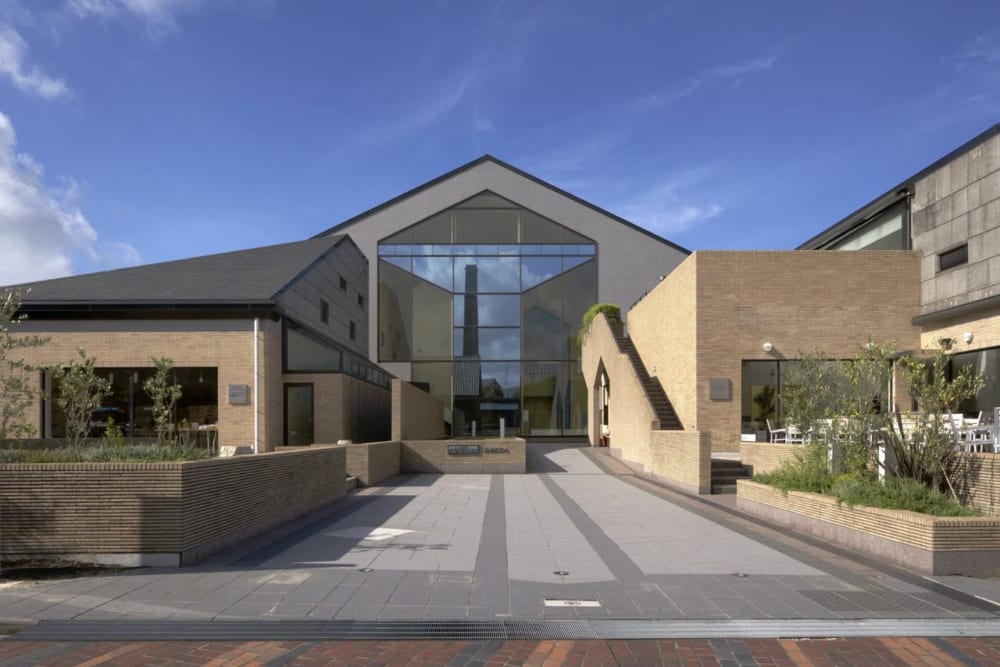
"World Tile Museum" Appearance
First, let's visit the Tile Museum of the World, where you will find general information.
Here, about 1,000 decorative tiles from around the world from BC to modern times are exhibited, and the history of their development is introduced. A rare tile museum even in Japan. You can touch the charm of tiles from all over the world, such as Holland, Morocco, China, Spain, and England.
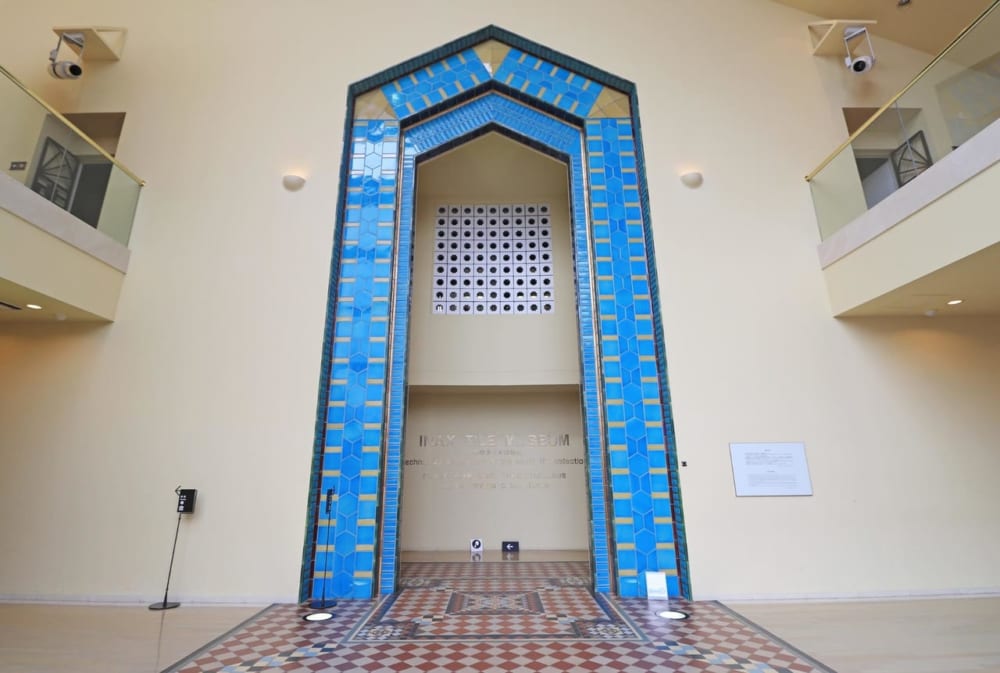 "World Tile Museum" Entrance
"World Tile Museum" Entrance
Upon entering the facility, you will be greeted by an entrance arch made of turquoise tiles. The arch part is inspired by Egyptian tiles, which are said to be the oldest tiles in the world, and the floor is a reproduction of British inlay tiles and the entrance tiles of the former EH Hunter residence.
The permanent exhibition room on the 1st floor is titled "Decorating Soul", and you can experience the decorative tile space of each era. Let's go to the world of tiles!
5,500-year-old clay pegs (Mesopotamia)
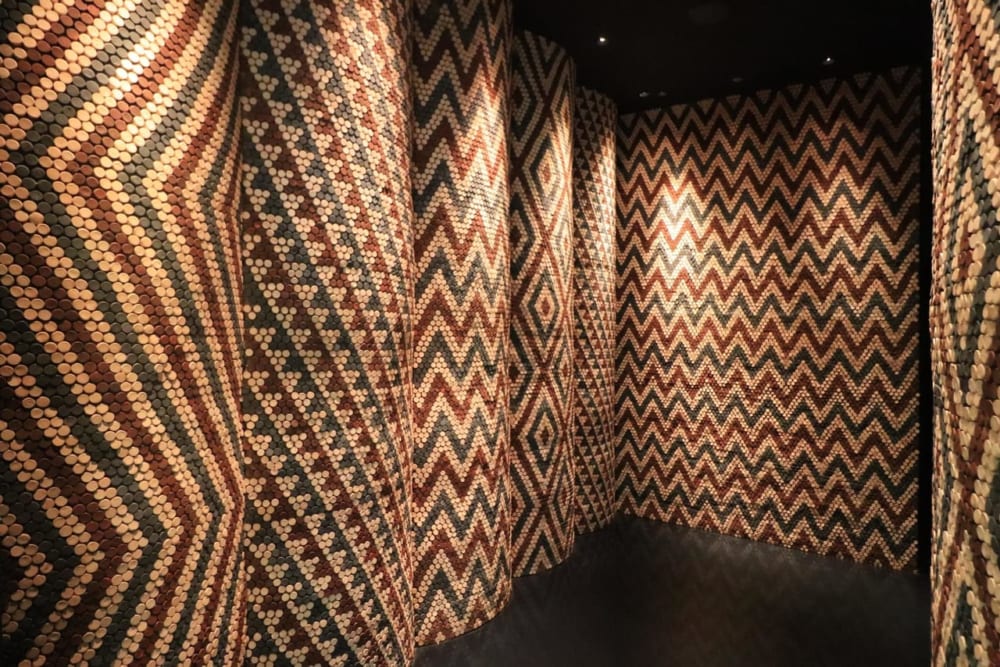
These are "clay pegs" from Mesopotamia, which is said to be the origin of decorative walls.
Conical clay pegs were used by the people of the time to decorate the earthen walls of buildings more beautifully. Here, about 50,000 clay pegs are handmade in the same way as at the time, and the mosaic pattern is reproduced.
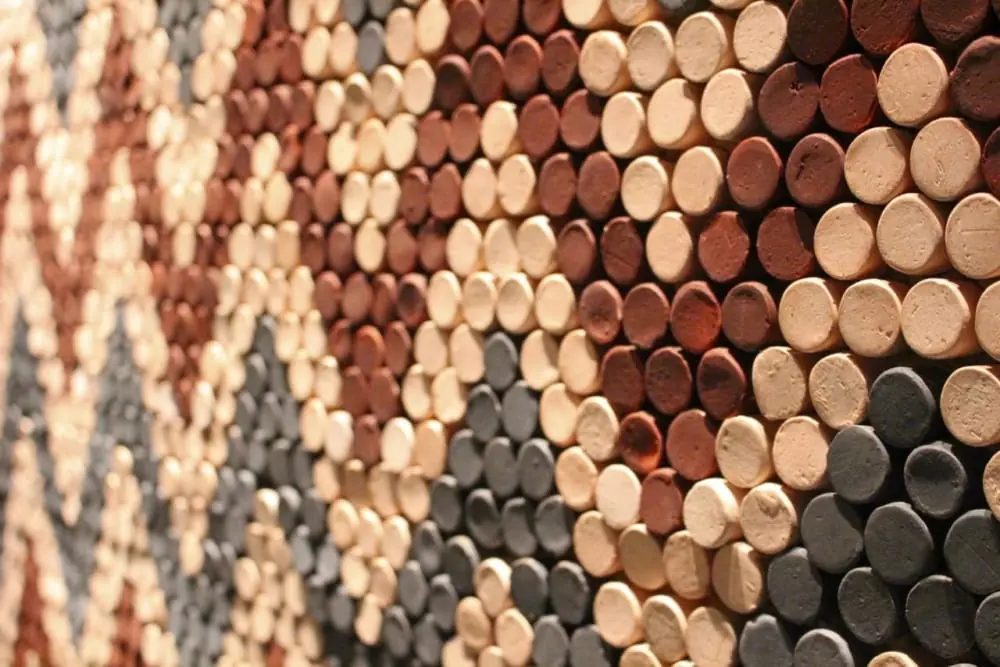 It was made in a workshop with local people.
It was made in a workshop with local people.
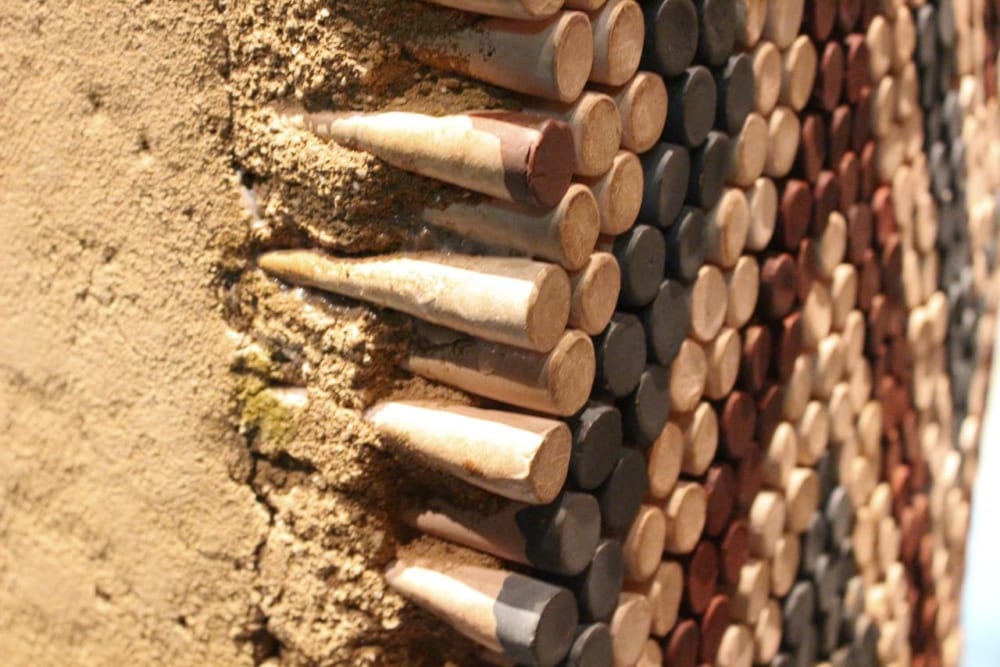
From the side, you can clearly see the shape of the clay peg. In order to reproduce the atmosphere of the time, it is stretched with unevenness on purpose.
The oldest tile in the world (Egypt)
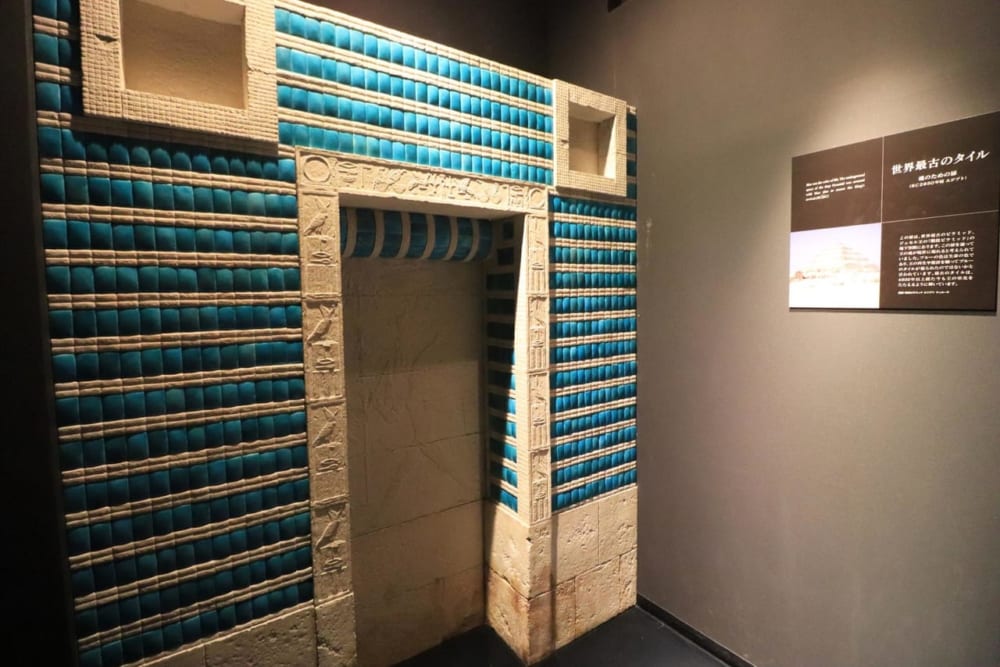
Next is this door in the underground space of King Djoser's "Step Pyramid", the oldest pyramid in the world. It was believed that the soul of the king appeared to the world through this door. The color blue is considered the color of life, and it is said that the blue tiles were put up to pray for the rebirth and resurrection of the king.
You can see the tiles from that time in the permanent exhibition room on the 2nd floor, so please look forward to it!
Tiled dome ceiling (Islamic)
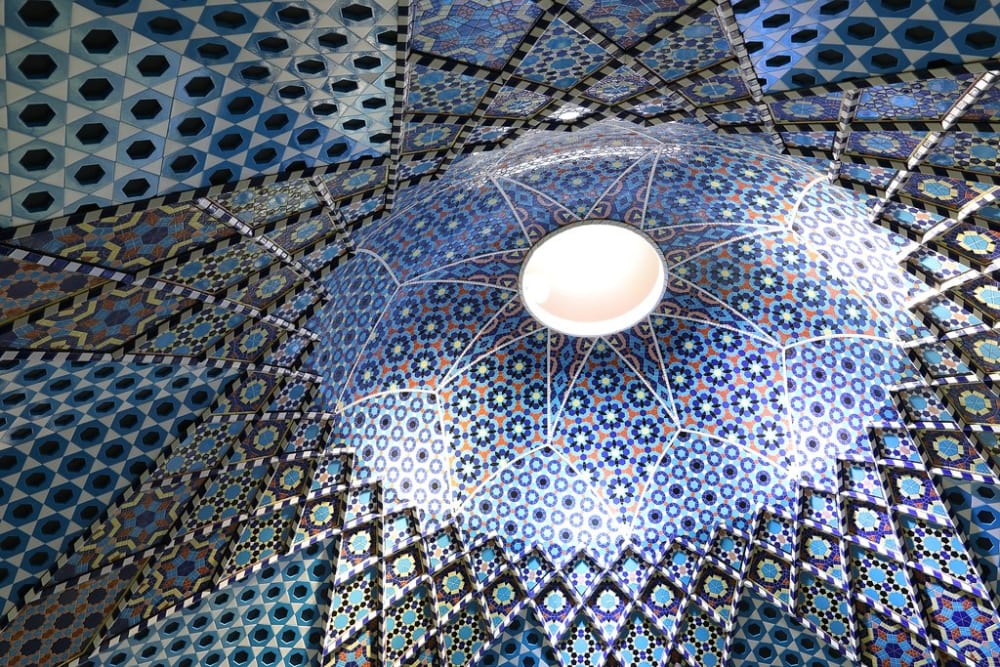
The Islamic tiled dome ceiling is one of the highlights of the World Tile Museum. Many of you may be familiar with it on SNS.
The tile patterns that adorn Islamic mosques and palaces may appear complex at first glance, but they are actually repeating geometric patterns drawn using only a compass and a ruler. In the Islamic world, tiles were deeply associated with faith.
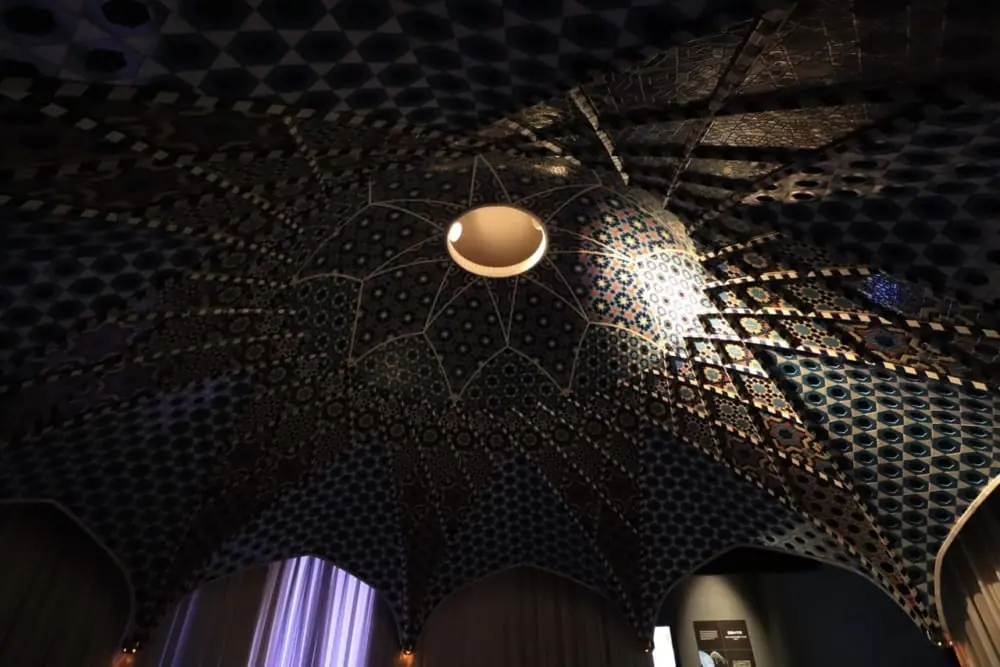

In this corner, the light of the day that changes from morning, noon, evening, and night is produced. You will be fascinated by the tiles that change their expression depending on the light. (One round: about 1 minute 40 seconds)
Blue and white tiles (Netherlands)
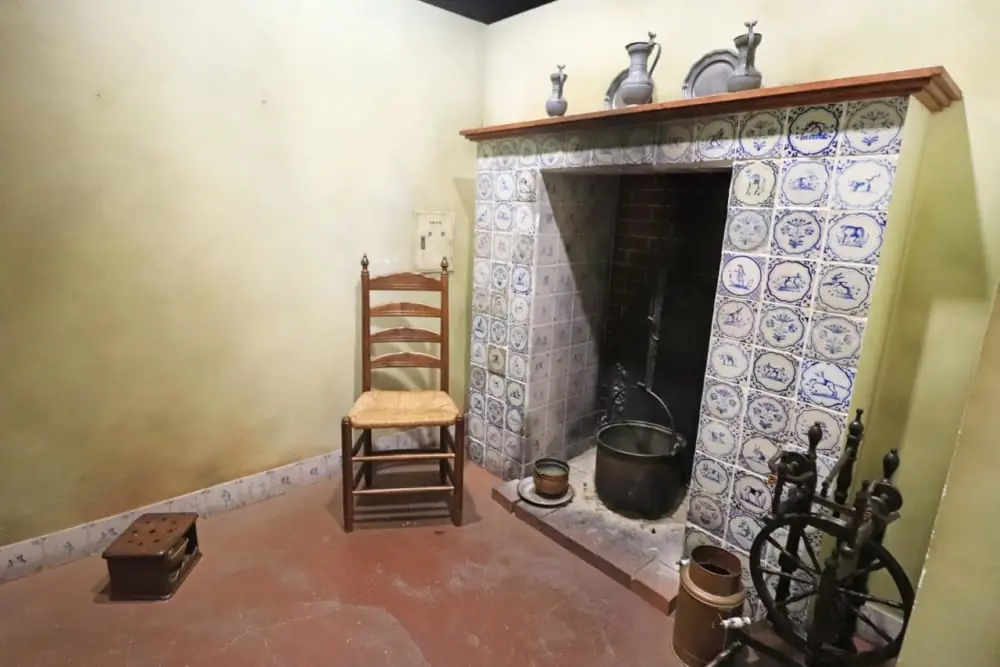
 Animals and plants found abroad were painted on the tiles. People used them as topics of conversation with visitors.
Animals and plants found abroad were painted on the tiles. People used them as topics of conversation with visitors.
The citizens of the Netherlands, who gained wealth from global trade, incorporated tiles into their homes. Inspired by Chinese dyed porcelain, it became "Blue & White", which depicts familiar things such as flowers and landscapes in cobalt blue on a white background. It seems that it was often used around the fireplace, which was considered a symbol of hospitality.
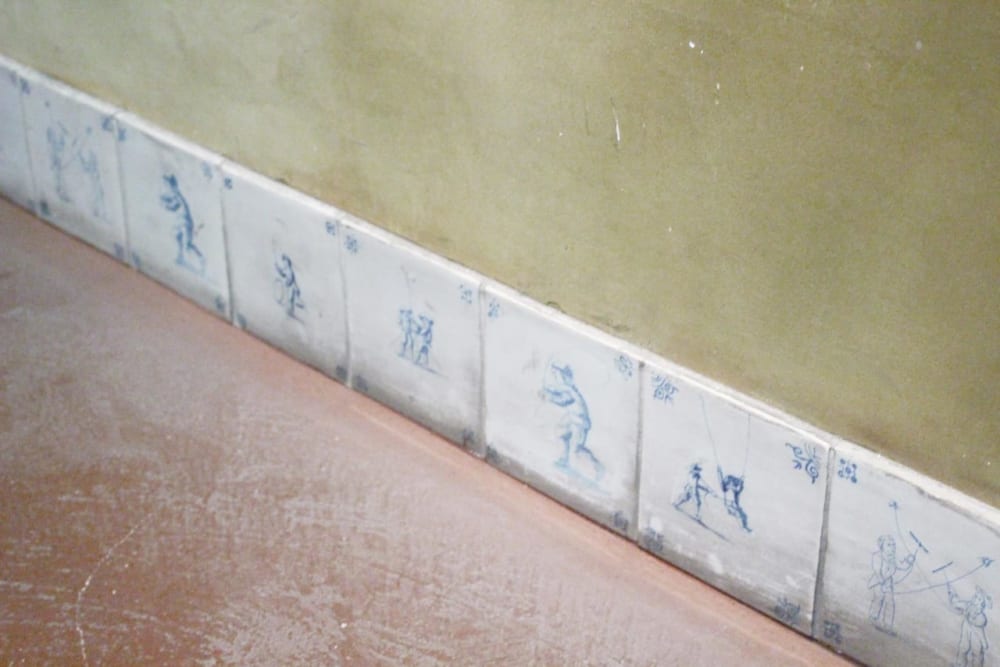
Tiles were also used for baseboards in the humid Netherlands. In fact, these baseboard tiles are depicted in the painting "The Milkmaid" by Vermeer, a representative painter of the Baroque period. Please look for it.
Victorian Tile (UK)
In England, the industrial revolution brought wealth to the middle class, and tiles began to be used extensively. The tiles have colorful designs that incorporate the Art Nouveau style, which was the trend of art at the time, and were widely used in public buildings and residences.
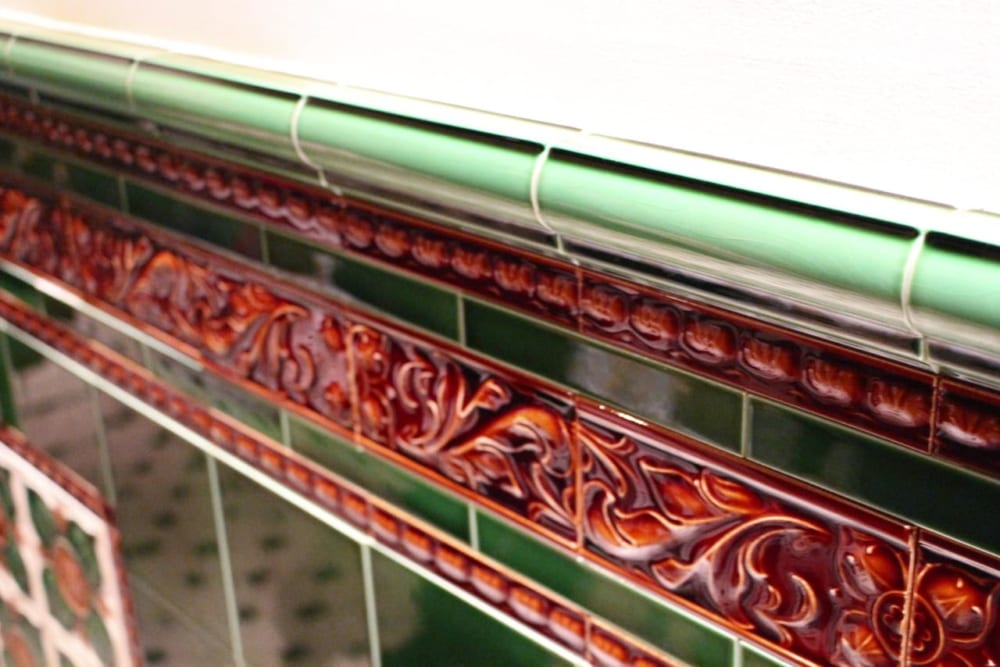
This luster is characteristic of Victorian tiles. By adding lead to the glaze, a transparent color shade and luster can be achieved. In modern times, the use of lead, which is a hazardous substance, is voluntarily regulated at LIXIL.
Sophisticated decoration (Japan)

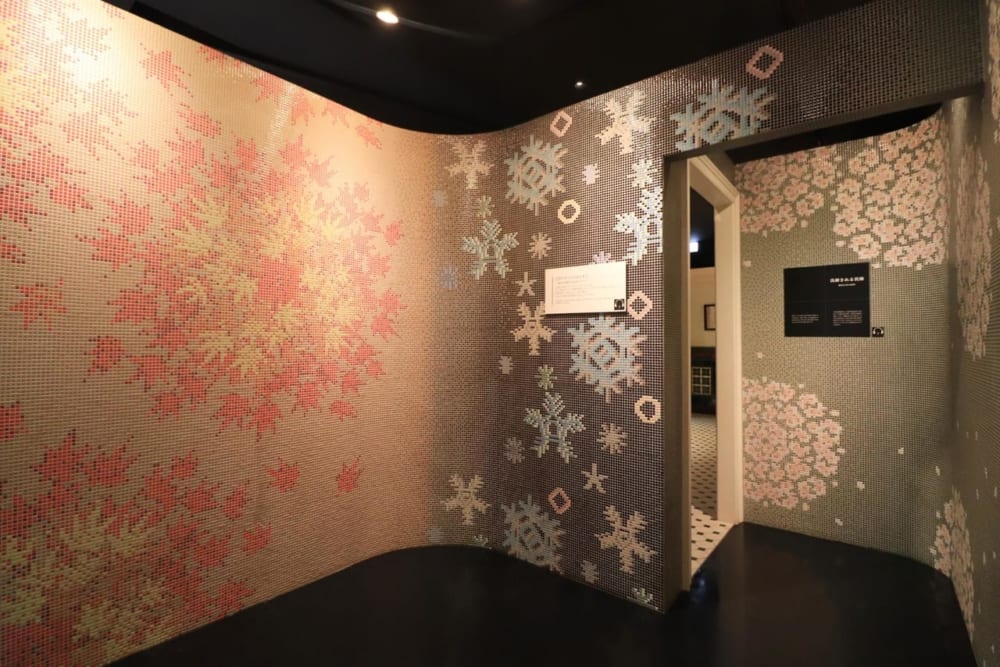
The last corner is Japan-themed. It is made using small 10mm square tiles "Jewelry Mosaic" that are still sold at LIXIL.
!["INAX Museum", a hands-on museum where you can fully experience the charm of pottery [Part 1]|Outings in Tokoname City|Life Designs|Traveling and Living in Nagoya, Aichi, Gifu and Mie](https://life-designs.jp/wp/wp-content/themes/wp-templ/assets/img/common/logo.svg)

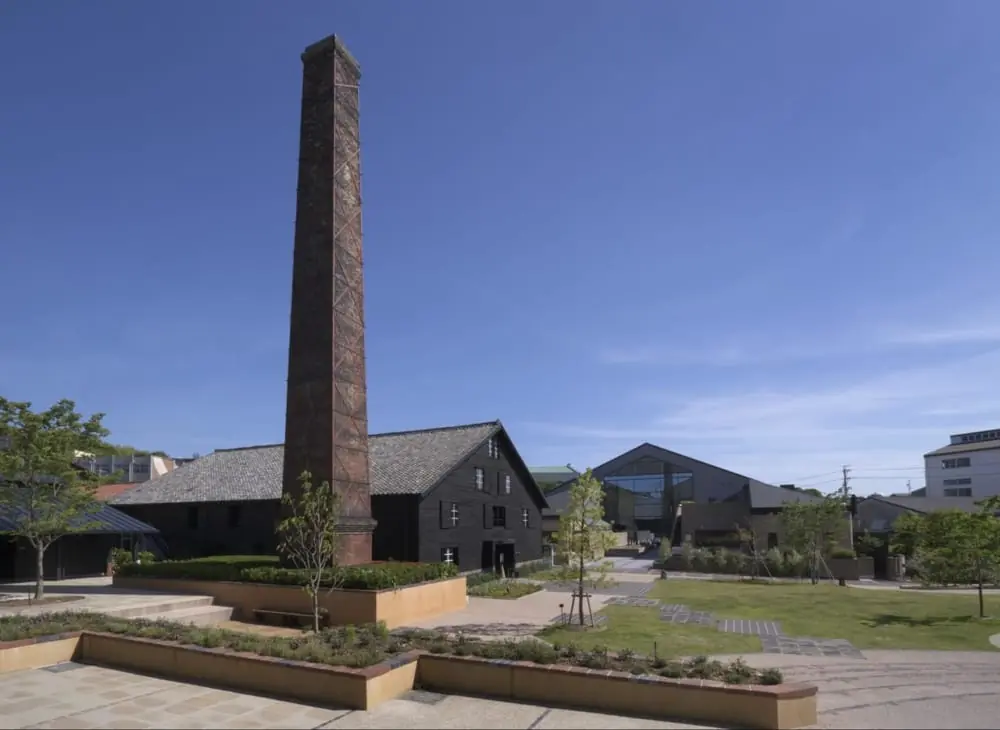

![[Tokoname City] Recommended Outing Spots](https://life-designs.jp/wp/wp-content/uploads/2022/06/46975da912eeb9ccfeabcfa9e3bb7a15-1024x580.png)

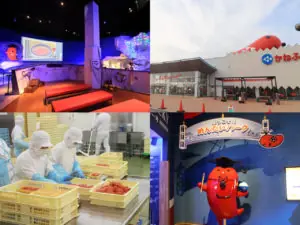
![[Tokoname] Hove you Tried the Topical "Toilet no Saichu" by Japanese Sweets Shop Ohkura Mochi?](https://life-designs.jp/wp/wp-content/uploads/2021/12/89ddd4f0350fb5754aaac4a1487a261d-1-656x438.jpg)

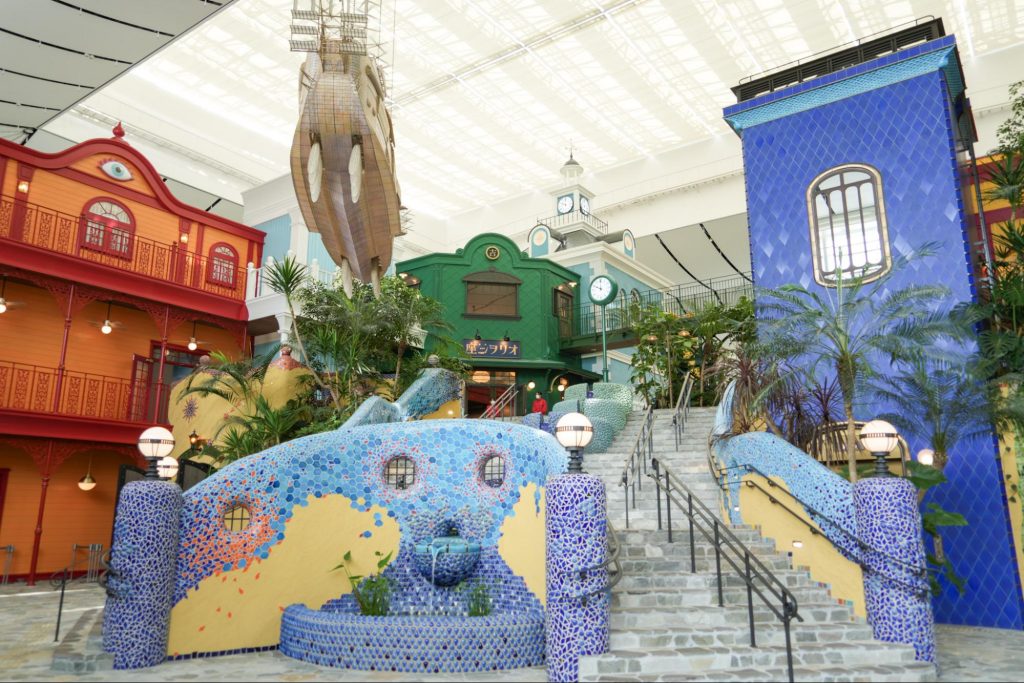

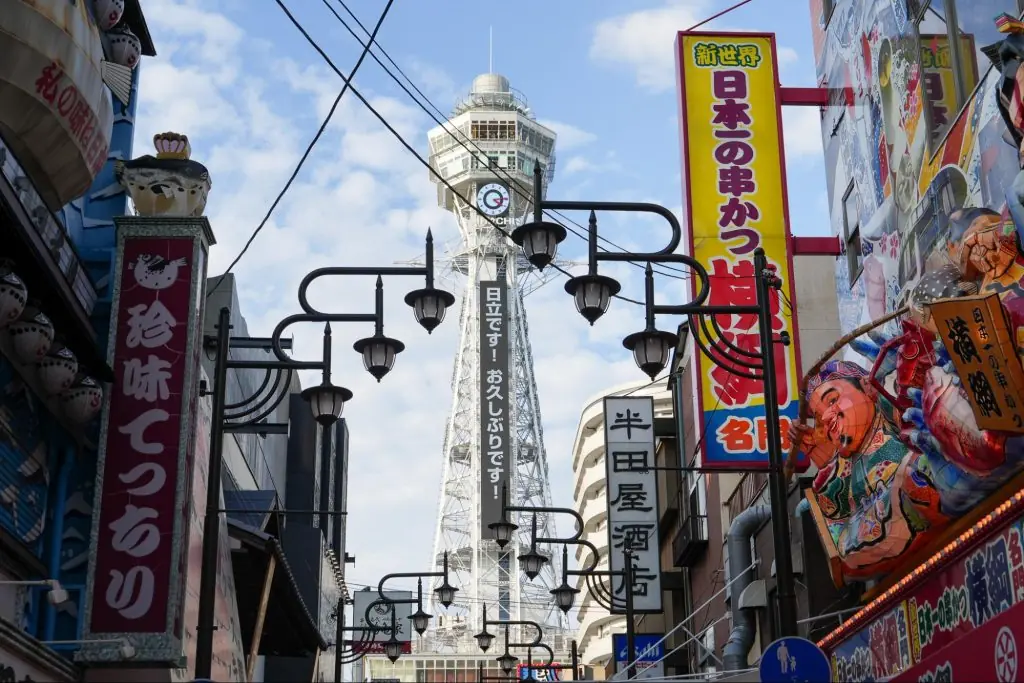
![[17 choices] What you should Buy at Central Japan International Airport (Centrair) in Nagoya!](https://life-designs.jp/wp/wp-content/uploads/2023/12/image9-7-1024x683.jpg)
!["INAX Museum", a hands-on museum where you can fully experience the charm of pottery [Part 2]](https://life-designs.jp/wp/wp-content/uploads/2019/06/image10-27-1024x768.jpg)
![[Tokoname] Mooovi Tokoname, A Playground Adjacent to Boat Race Tokoname!](https://life-designs.jp/wp/wp-content/uploads/2022/11/image43-1-1024x684.jpg)


![[Indoor Facilities] Where to Go on Rainy Days in Tokai Area! For Family Outings!](https://life-designs.jp/wp/wp-content/uploads/2023/07/FotoJet-23.jpg)





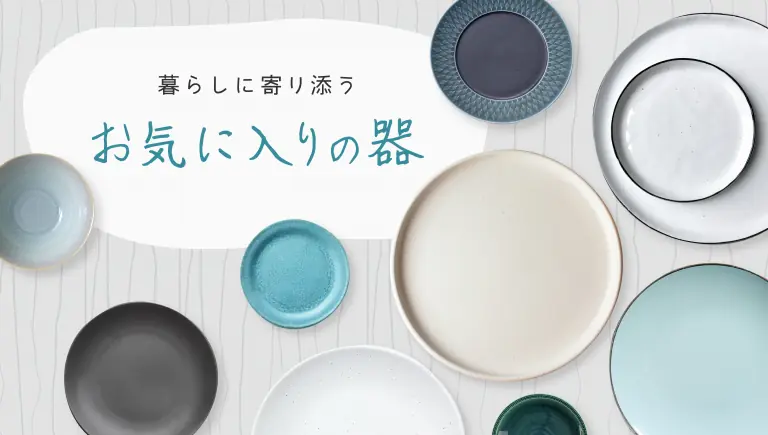
![[Ghibli Park] Beginner's Guide](https://life-designs.jp/wp/wp-content/uploads/2023/07/ghiblipark_w1920h1088_20240422-768x435.png)
![[Tokai Area] Place to Go on Rainy Days!](https://life-designs.jp/wp/wp-content/uploads/2022/03/f76405aaa33944a4ba88a131fbc56523-1024x580.png)
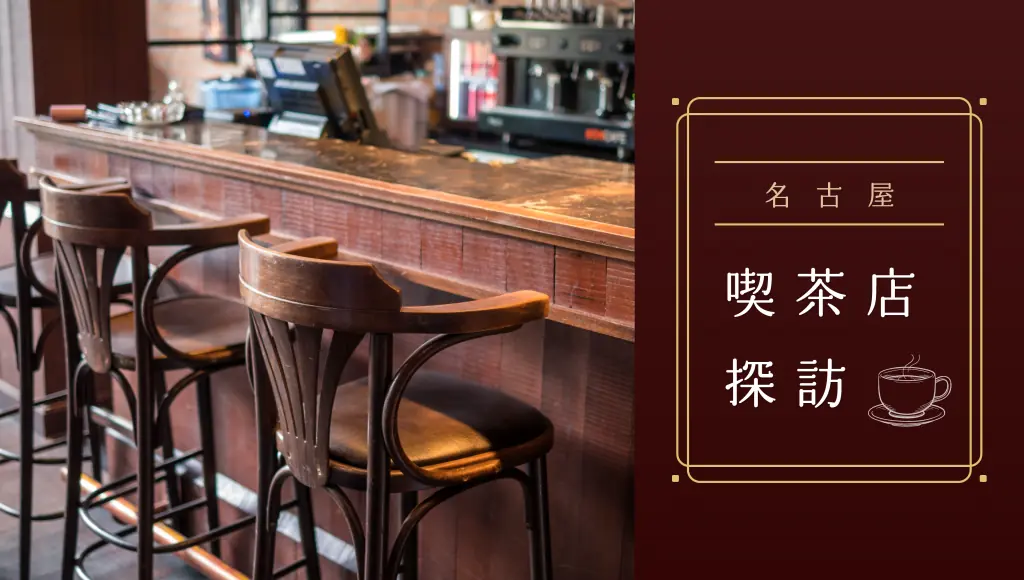
![[Tokai Area] Scenic Spots which You'll Never Forget](https://life-designs.jp/wp/wp-content/uploads/2019/12/LD_banner_w1920x1088_prospect-1-1024x580.jpg)
![[Special Feature] Enjoy Your Day at a Park!](https://life-designs.jp/wp/wp-content/uploads/2019/12/LD_banner_w1920x1088_park-1-1024x580.jpg)
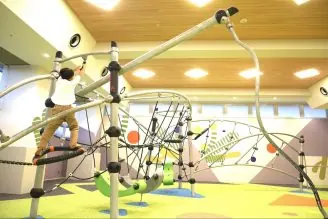

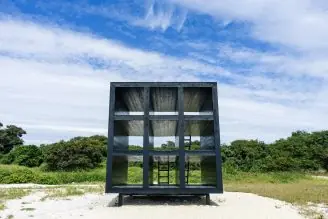
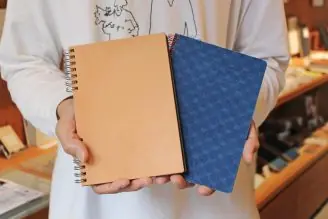
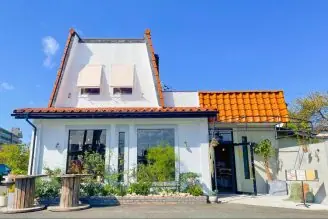



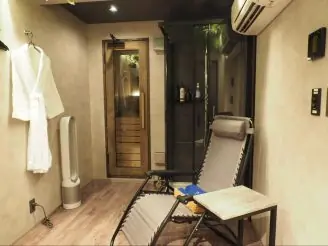





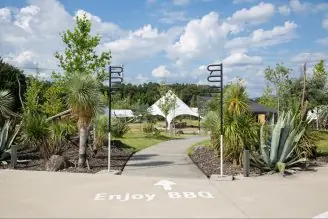

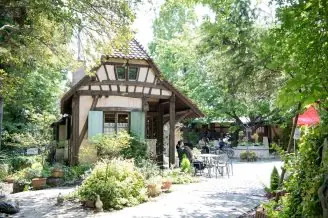
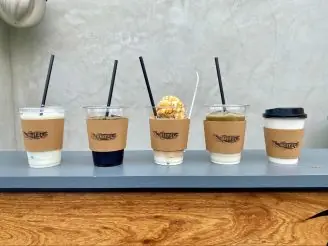

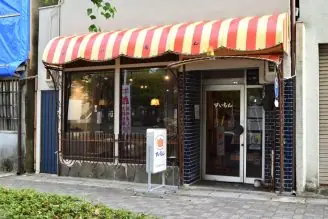


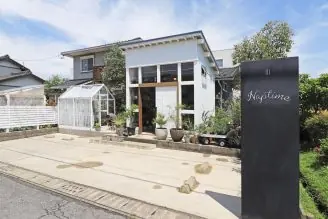


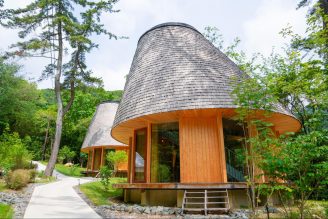

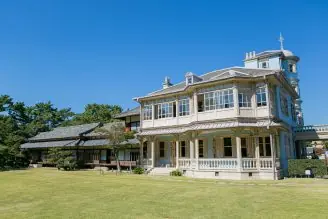



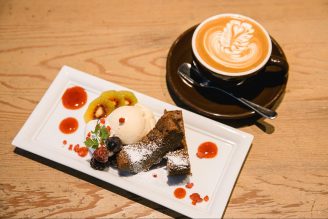
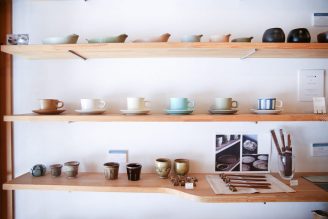
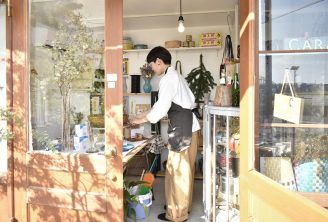











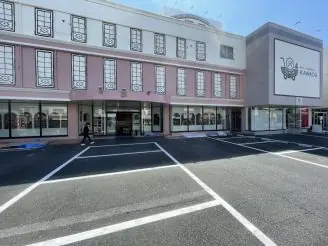
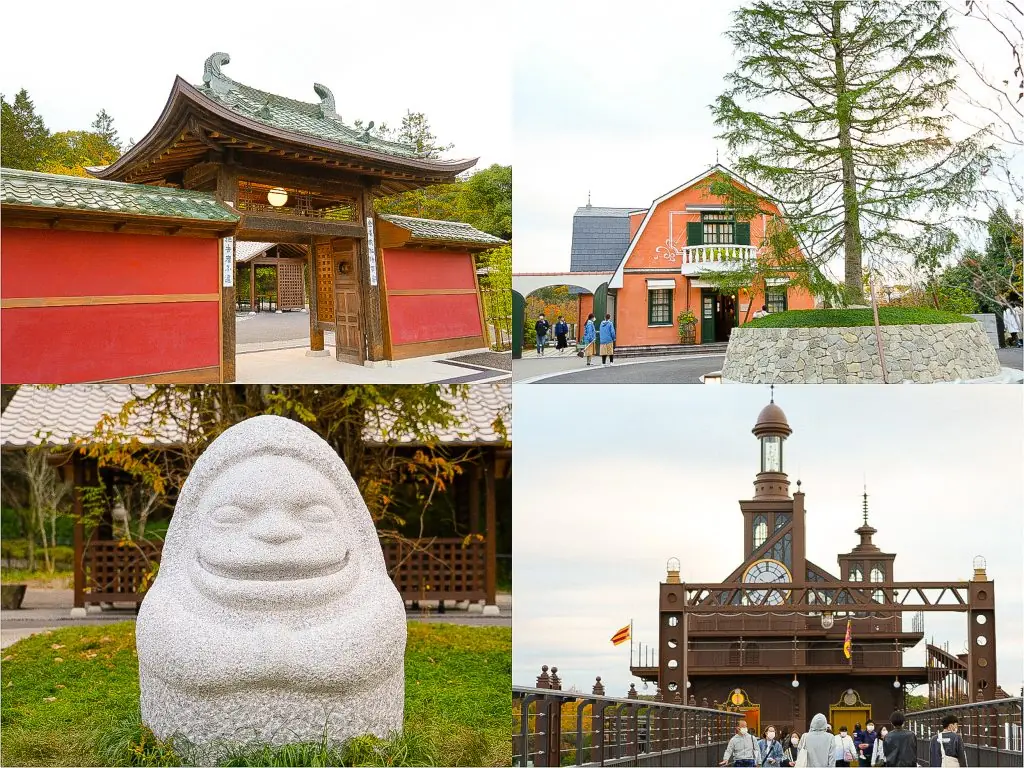
![[9 Selections] Summary of Retro Coffee Shops in Nagoya](https://life-designs.jp/wp/wp-content/uploads/2021/11/image1-30-1024x683.jpg)
![[20 Selections] Nagoya Souvenirs: Non-Sweet & Recommended Snacks Available at Nagoya Station](https://life-designs.jp/wp/wp-content/uploads/2025/07/image3-2-1024x683.jpg)
![[Aichi, Gifu, Mie] 30 Family-Friendly Spots to Go in Winter!](https://life-designs.jp/wp/wp-content/uploads/2019/12/image21-1-768x543.png)
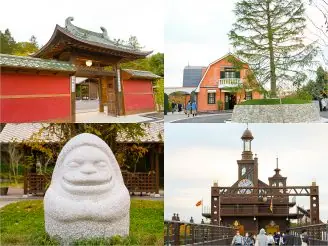
![[Within 2hrs by Car] 12 Outing Areas where You can Go on a Day Trip from Nagoya!](https://life-designs.jp/wp/wp-content/uploads/2023/07/odekake12_w1200h900_20240422-328x246.png)
![[Nagoya, Aichi] Recommended Shops to Buy Tablewares around Nagoya](https://life-designs.jp/wp/wp-content/uploads/2019/11/image12-26-150x100.jpg)
![[14 Selections] Recommended spots to spend the weekend in Kakuozan area of Nagoya](https://life-designs.jp/wp/wp-content/uploads/2022/07/Kakuozan-spot_w1920h1088_240605-328x186.png)
